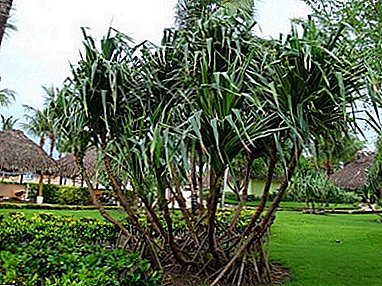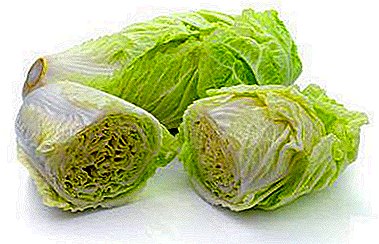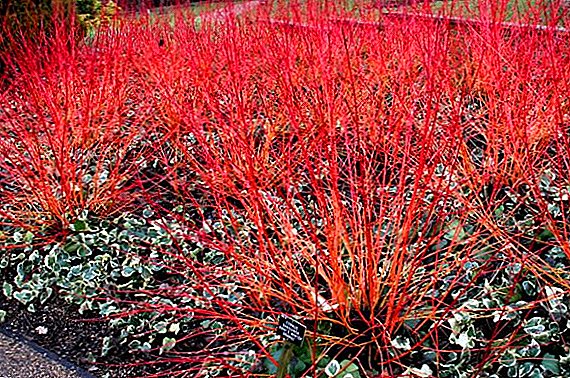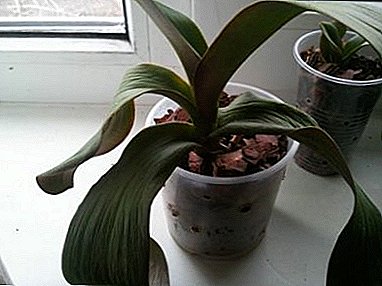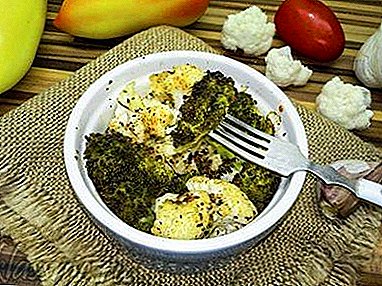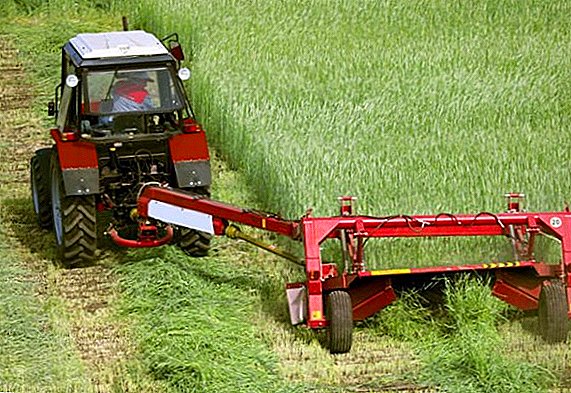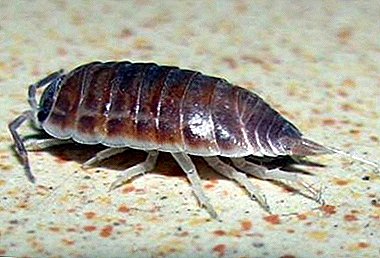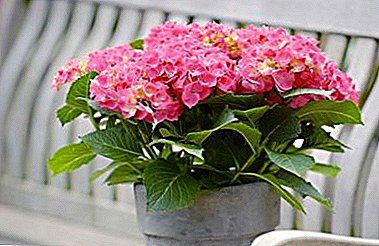
Hortensia (aka hydrangea) room - one of the few flowers that can change the color of their flowers. But this is not its only advantage.
Long and spectacular flowering, unpretentiousness, ease of reproduction - this is an incomplete list of its merits. Find out more about this amazing flower in our article.
Growing in a pot at home
Planting and transplanting
 How to care for hydrangea at home? Plant room hydrangea should be in acidic soil with a pH level of 5.5. The mixture may include peat, coniferous soil, humus and sand. The pot is preferred large and wide, due to the growing width of the root system. The root collar does not need to fall asleep, it should be flush with the ground. Peat mulching is recommended when planting.
How to care for hydrangea at home? Plant room hydrangea should be in acidic soil with a pH level of 5.5. The mixture may include peat, coniferous soil, humus and sand. The pot is preferred large and wide, due to the growing width of the root system. The root collar does not need to fall asleep, it should be flush with the ground. Peat mulching is recommended when planting.
Hydrangea to replant every 2-3 years. Each new pot should be 1.5 times the size of its predecessor.
Lighting
In the summer, hydrangea prefers a moderate sun, will favorably perceive penumbra in a well-lit room. It is better to protect a flower from direct sunlight at this time. In winter, even darkened rooms are permissible - during the rest period lighting does not play a big role.
But at the end of winter the plant will be glad to have well-lit window-sills, because it needs a lot of light to form the buds.
Watering
In the scheme of watering hydrangea is nothing outstanding. Experienced florists It is recommended not to overdry earthen clod in a pot, but also not to overmoisten it. Moderate to heavy watering is required as the topsoil dries.
Water for irrigation should be soft, settled and reached room temperature. Some prefer to water their hydrangeas with rain or chilled boiled water. In the fall, watering is reduced, and in winter they stop altogether - until the appearance of buds.
Air humidity
 Accustomed to the sea climate, hydrangea will be grateful for regular spraying, as she likes humidity. Especially often and abundantly spray the flower should be in the event that it is located near the heaters, desiccate the air (by the way, for hydrangea is highly undesirable).
Accustomed to the sea climate, hydrangea will be grateful for regular spraying, as she likes humidity. Especially often and abundantly spray the flower should be in the event that it is located near the heaters, desiccate the air (by the way, for hydrangea is highly undesirable).
Do not hurt hydrangeas and swimming: a flower pot is dipped into the water for a while and then allowed to drain completely.
Temperature conditions
In the active period, hydrangea requires a temperature in the range of 18-20 degrees Celsius. In the summer it can be taken out on the street. During the rest period, the room should be no hotter than 8 degrees. Therefore, in the winter, exposing the flower on the windowsill, try to protect it from the heat of the batteries.
Fertilizer
Hydrangea is fed during its flowering once a week. Also feeding is carried out in the winter - to stimulate growth. For this purpose, both complex mineral and organic fertilizers are suitable. Ammonium nitrate or superphosphate will help the flower in growth.
Bloom
Hydrangea inflorescences have an impressive hemispherical shape, resembling an umbrella up to 20 cm in diameter. In total, one plant can be up to 6 pieces. They delight the eye of florists from April to November. The most spectacular flowers appear in hydrangea in the early years of flowering. Over time, they decrease and may even bend due to the stretching of the shoots.
Recommendation! Why does not bloom room hydrangea? In order for the inflorescences to form as they should, you should regularly rejuvenate the plant - that is, engage in its vegetative reproduction.
Do I need to trim?
After flowering, shoots of hydrangea are cut almost in half, leaving some of the strongest. This will help the flower to form beautifully and harmoniously. Also, partial pruning is carried out in the spring - weak and excessively stretched shoots are removed.
Breeding methods
 Houseplant hydrangea is propagated by cuttings - as a rule, these are sprouts that make the crown too thick. The most appropriate time for the breeding procedure is July. Sprouts 7-10 cm long with 2-3 internodes cut off at an angle (3-4 m below the node).
Houseplant hydrangea is propagated by cuttings - as a rule, these are sprouts that make the crown too thick. The most appropriate time for the breeding procedure is July. Sprouts 7-10 cm long with 2-3 internodes cut off at an angle (3-4 m below the node).
The leaves are cut in half, after which the sprouts are planted in river sand or the lightest soil, deepening by 1.5-2 cm. They are either covered with a can or polyethylene, or left open, but sprayed regularly.
The required temperature is 22-25 degrees Celsius. It is necessary to keep cuttings under these conditions until the first leaves appear - as a rule, it is necessary to wait up to one and a half months.
At this point, young hydrangeas can be seated in separate pots, after a couple of weeks, pinch the tops and gradually accustom them to normal conditions.
Watch a video on breeding room hydrangea:
Lifespan
Room hydrangea lives 3-4 years, after which it is replaced by a new, young plant.
Growth per year
The growth rate of room hydrangea will depend on the care of it. The maximum height that room hydrangea can reach is 1 meter.
Can I change the color?
Changing the color of homemade hydrangeas is a separate fascinating topic. In some cases, the color of the petals depends on the composition of the soil, so if you want to get blue flowers, you can enrich the earth with iron salts (simply by adding iron chips or nails to the pot with the earth).
A photo
Then you can see the photo of the plant hydrangea plants:




What problems may arise?
Leaves dry - what to do?
Why leaves dry? The most common cause of this trouble is ordinary drought, in other words, insufficient watering. To solve the problem is simple: change the irrigation pattern: it is necessary to moisten the soil a little more often or a little more abundantly. The reason for the dryness of the tips can be the dryness of the air in the room.
But the yellowing leaves suggest a possible decrease in soil acidity. If the verification confirms this, lemon water can remedy the situation: a few drops of lemon juice should be diluted in 1 liter of water.
Disease treatment
Powdery mildew may appear on the leaves and stem of the hydrangea: it looks like oily spots, which eventually turn yellow. The reason may be the heat, combined with high humidity. Affected hydrangeas are treated with a composition that includes 150 g of green soap and about 15 g of copper sulfate, diluted in 10 liters of water.
Gray rot can be recognized by wet gray spots and bloom of the same color, they can appear on any part of the flower. Bordeaux liquid will help to cure this disease, but all damaged leaves will have to be removed.
Pests and control of them
One of the most ubiquitous flower pests is the spider mite. But if you take care of the flower properly, you can not be afraid of his attacks on the plant. Also, hydrangea worms, aphids and thrips, which are traditional for domestic plants, can overcome room hydrangea. You can get rid of them with the help of special insecticides.
Conclusion
Bright umbrellas of a hydrangea room act as an excellent decoration for any interior and any floristic collection. Their flowers are pleasing to the eye for a long time, and at the same time do not cause any trouble at all to their owners.



